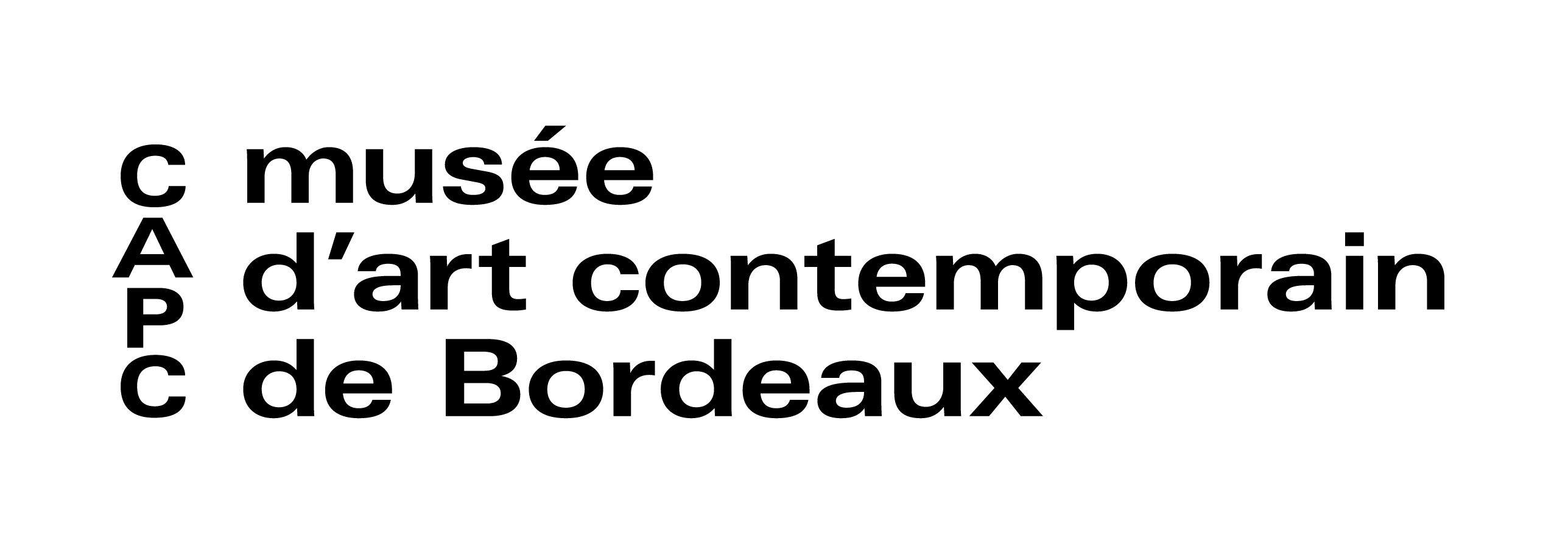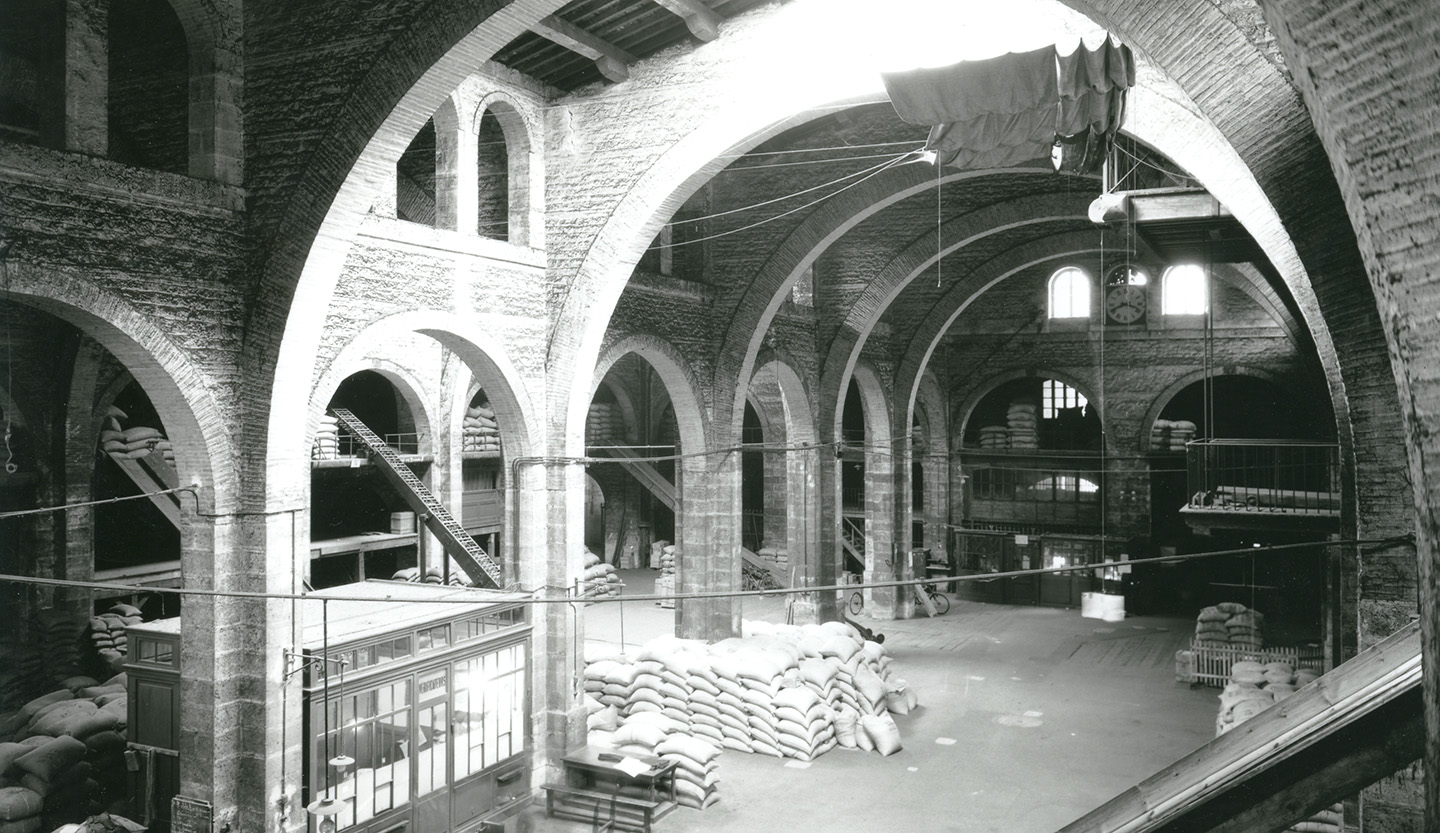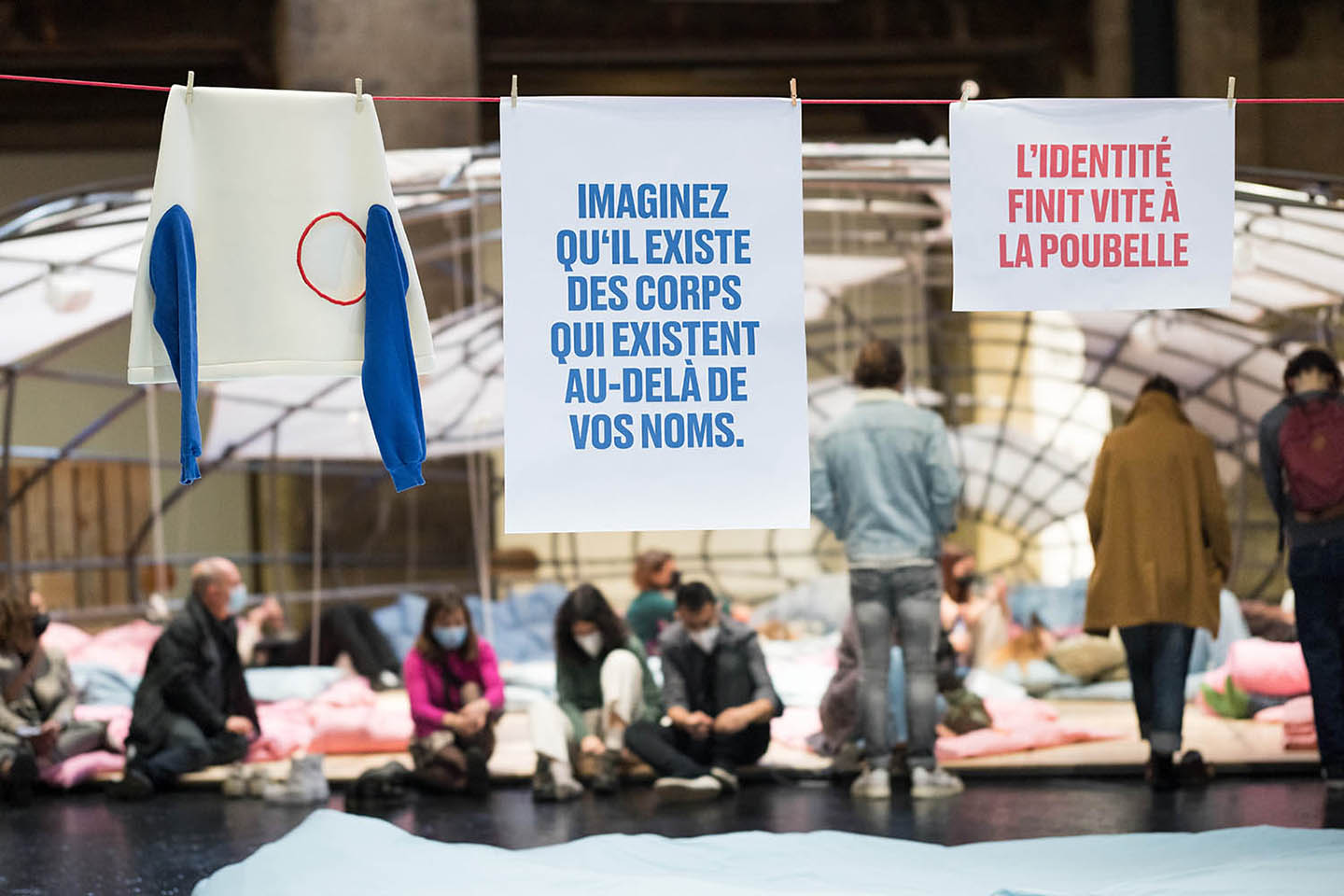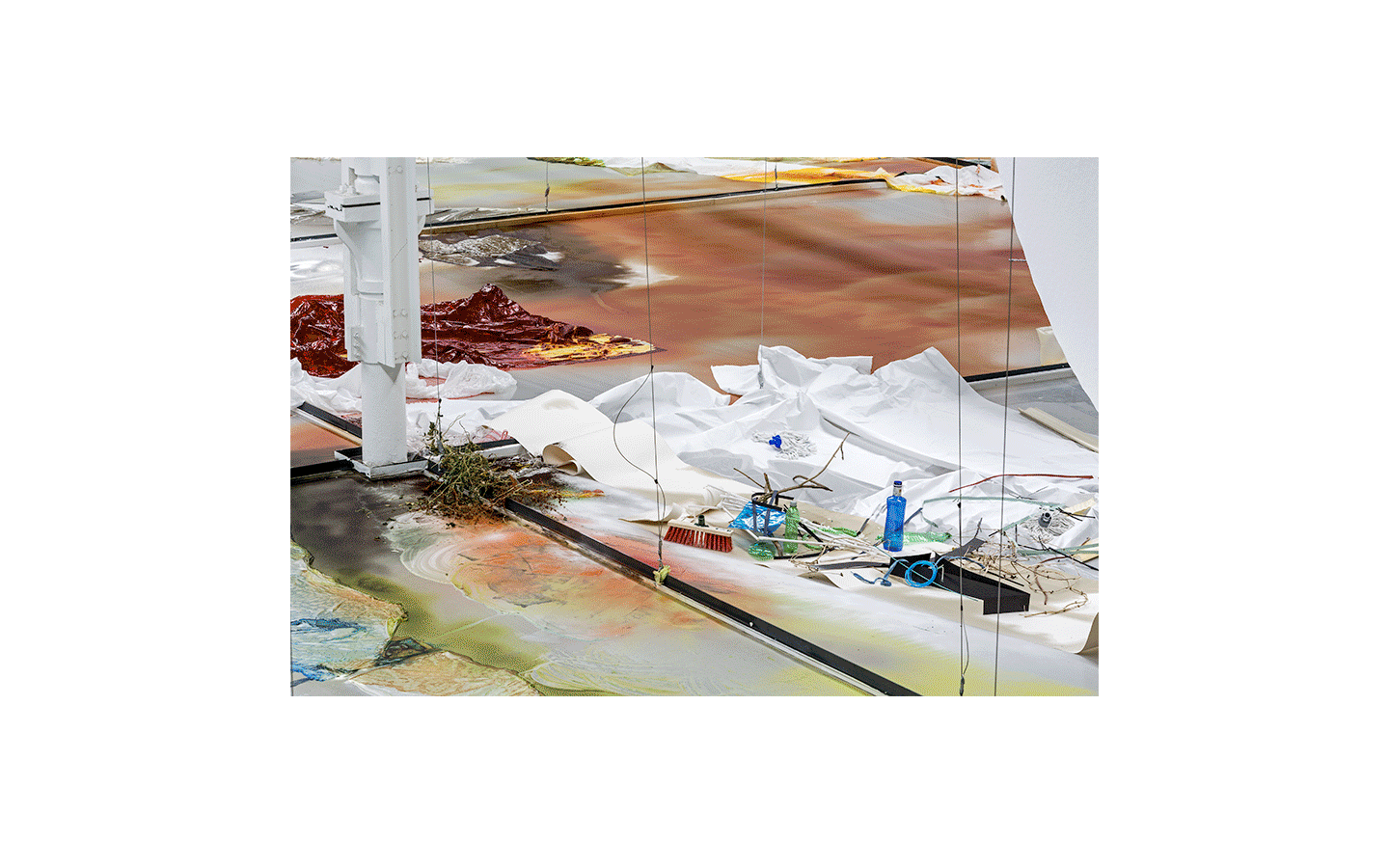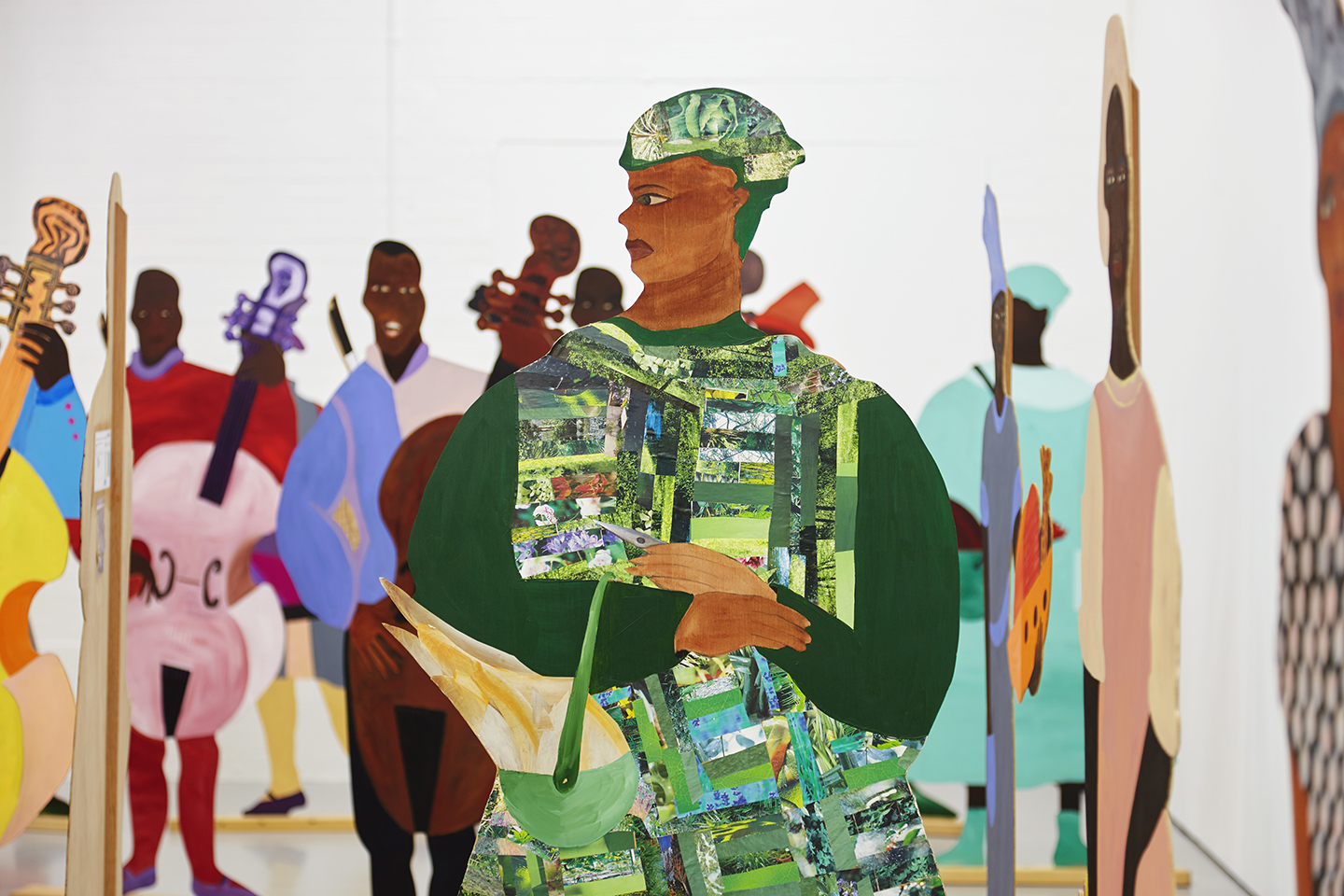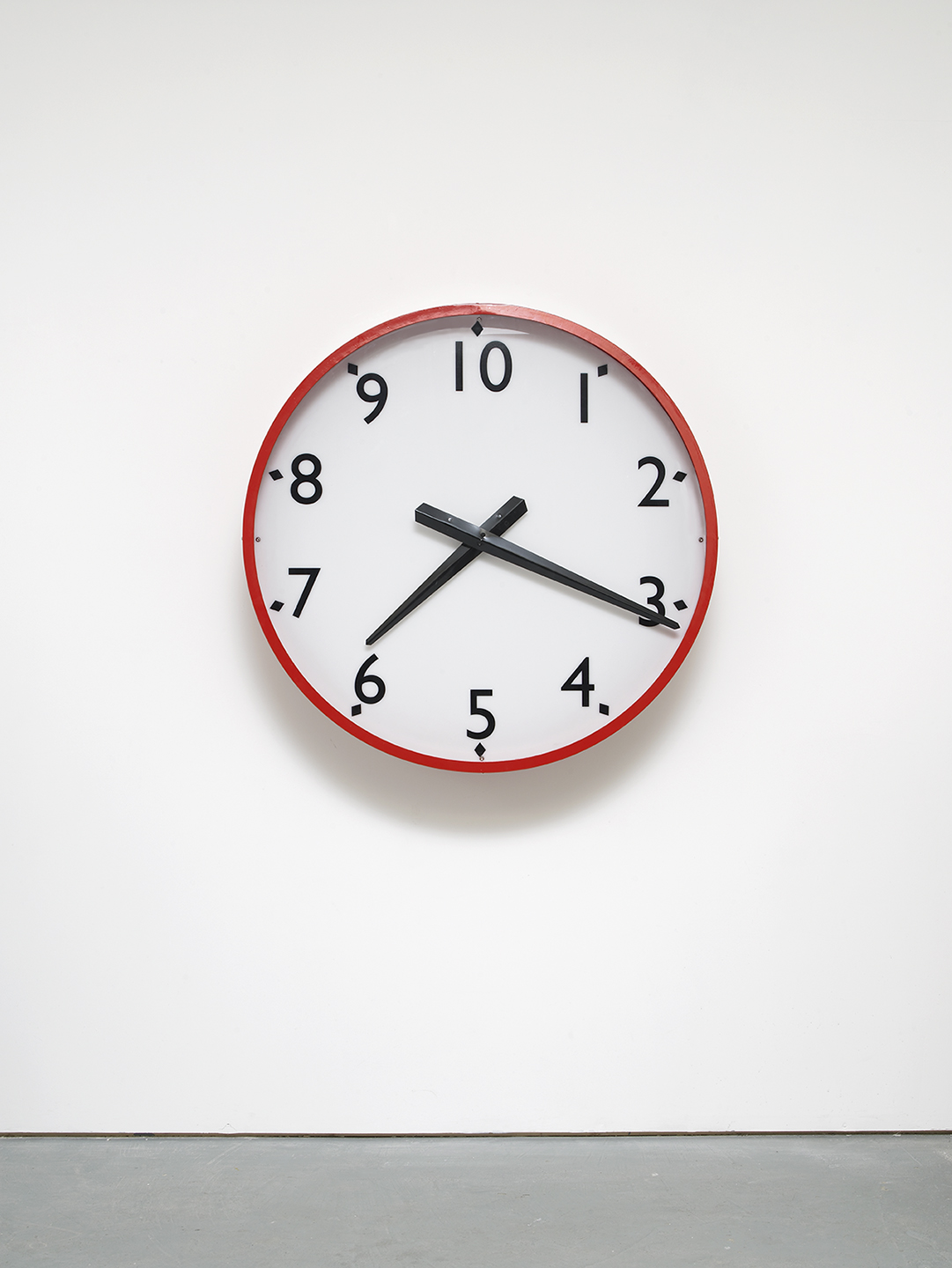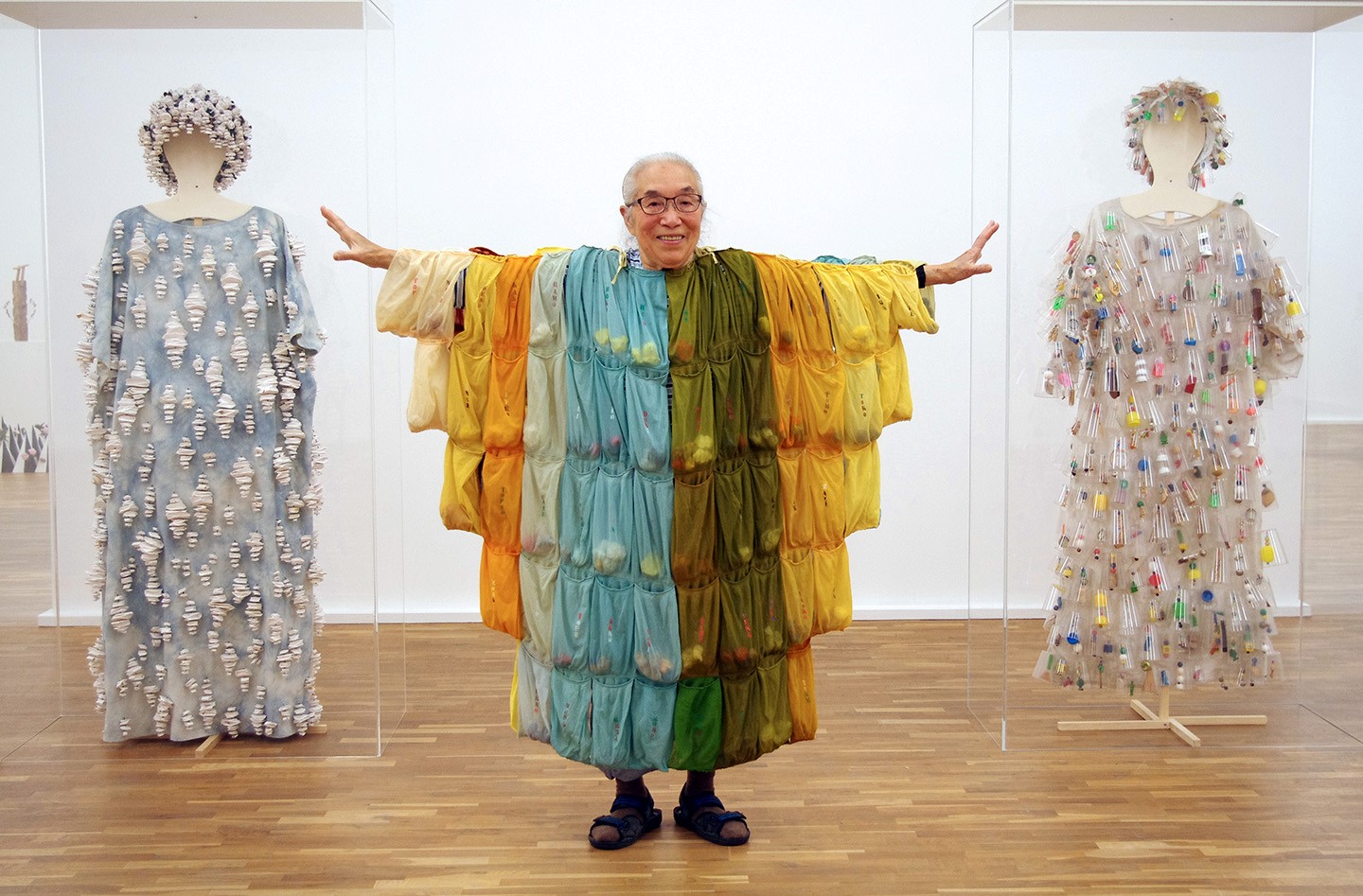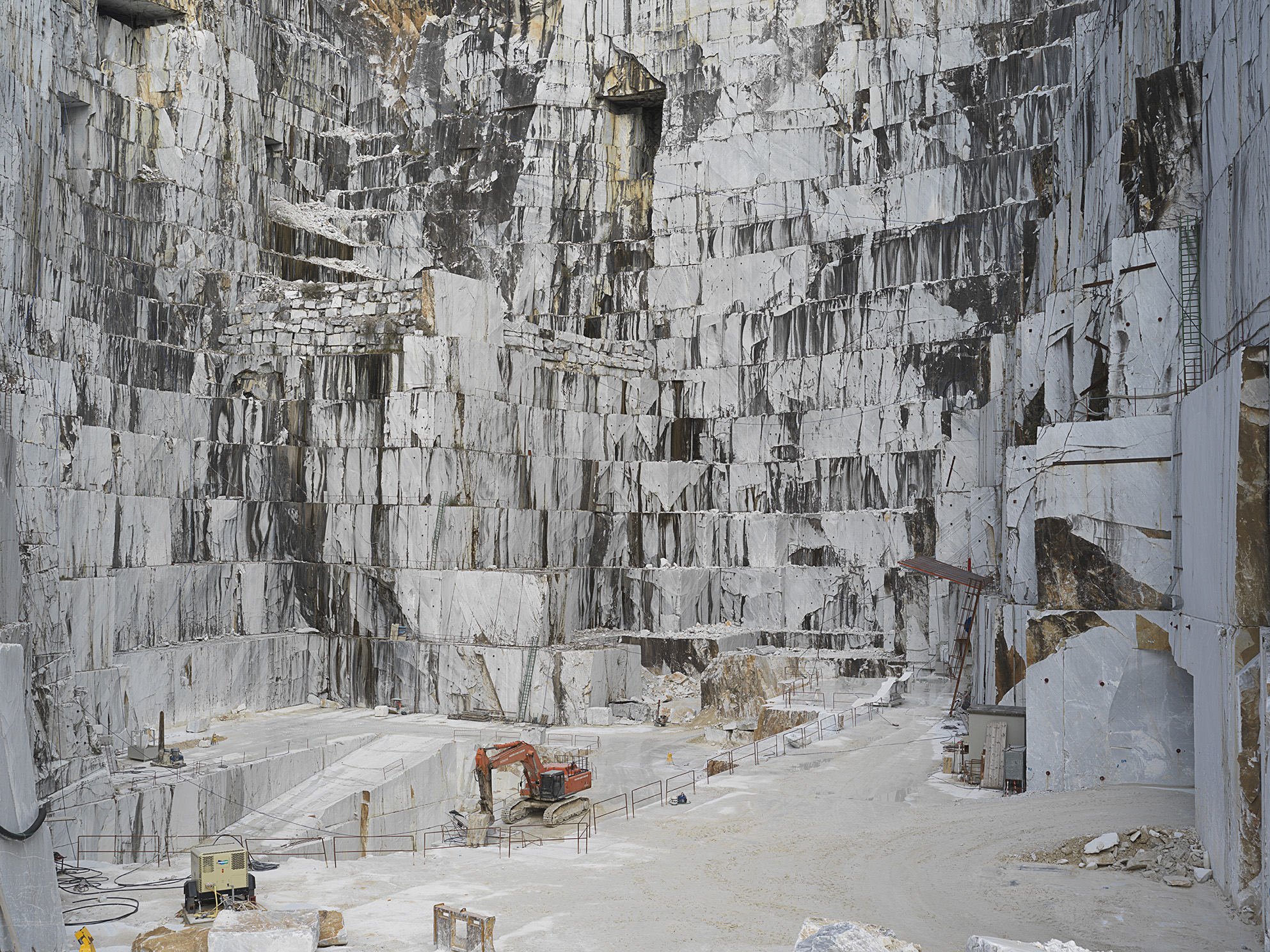An exhibition by Alexandra Midal
December 1, 2018–January 6, 2019
New acquisitions 2008–2018
December 1, 2018–January 20, 2019
Learning the Language (Present Continuous I)
October 12, 2018–February 24, 2019
Drawings for Bookbindings compiled by Florian Pumhösl
October 12, 2018–January 20, 2019
7, rue Ferrère
33000 Bordeaux
France
Hours: Tuesday–Sunday 11am–6pm
This year CAPC in Bordeaux closes its program by turning the nave of the museum into a stylized drive-in cinema meant to discover Alexandra Midal's latest wondrous filmic essays, while sitting on car-like objects designed for the occasion by Adrien Rovero. The other galleries will allow you to see Alejandro Cesarco's new film, commissioned in the framework of the 2018 Satellite Program curated by Agnès Violeau, Florian Pumhösl's compilation of an impressive series of drawings for bookbindings by Paul Bonet and an overview of the past ten years of acquisitions in the museum collection.
Drive-in
This site-specific event-exhibition in the nave of the CAPC will let the visitors relive the collective experience of outdoor film screenings. Based on the "figures of the extreme" at the heart of the art-history lectures she has been giving for the past three years, the curator Alexandra Midal revisits the drive-in cinema, where families would view the latest box office hits sitting in their car and nibbling popcorn during intermissions.
As part of the research for her projects, Midal routinely watches scores of films on and around a given topic, often in fast forward mode and sometimes even simultaneously. These "movie marathons" inspired her to create a series of visual essays, the first of which, Hocus-Pocus, is a fictional thriller whose storyline mixes magic and crime. After Politique-Fiction, Domestic Psycho I, Villa Frankenstein and Eames, An Atlas, Midal has produced three new visual theory films for the CAPC in Bordeaux exploring the radical social changes prompted by the Industrial Revolution. These essays look at ghost objects and towns, mental manipulation through images, and the parallel development of serial murder and industrialization through the life and work of Dr. Henry Howard Holmes, the United States’ first serial killer.
In collaboration with the designer Adrien Rovero, Midal has conceived a special scenography that revisits the social ritual of outdoor film screenings. It takes the shape of a double projection system that will be activated by performative interventions as part of special late-night events.
An exhibition by Alexandra Midal
Installation: Adrien Rovero & Alexandra Midal
This exhibition receives the exceptional support of our Honorary patron, Château Haut-Bailly
Coincidence(s)
New acquisitions 2008–2018
Designing an exhibition of acquisitions means digging down into the strata of exhibitions and extracting works from the historic layers between 2008 à 2018 that can resonate with one another; it means bringing together forms and concepts that are sometimes diametrically opposed. The acquisitions and loans that have enriched the CAPC collection during this period put the life of the museum into perspective and remind us that the collection did not develop from nothing, but has been shaped from and around the history of its exhibitions since the late 1970s.
Most of the works, by established or emerging artists, respond to the unique architecture of the museum, and have fuelled major artistic and social debates here in Bordeaux over the last decades. The history of acquisitions also reveals another key to our development: instead of building up a sample of works that might reflect the main artistic trends of the last fifty years, the idea has been to focus on monographic sets of remarkable works rooted in close connections between the artists and the museum.
The notion of coincidence, as both a fleeting moment when two events happen at the same time and a happy instance of chance, looms large in this show. The exhibition of recent acquisitions will thus provide an opportunity to show Daniel Buren's restored work, Pièce archéologique, one of the first artworks acquired for our collection.
Artists: John Baldessari, Jonathan Binet, Daniel Buren, Danica Dakić, Raphael Hefti, Fabrice Hyber, Laurent Le Deunff, Présence Panchounette, Yvonne Rainer, Naufus Ramírez-Figueroa, Markus Schinwald, Sergio Verastegui, Franz Erhard Walther
Curator: Anne Cadenet
Paul Bonet
Drawings for Bookbindings
compiled by Florian Pumhösl
The French graphic designer and reliure artist Paul Bonet (1889–1971) was active for more than forty years, designing covers for books on art, literature and philosophy. His practice developed alongside, and was inspired by, the main artistic currents of 20th-century art in France (Art Deco, Surrealism, Geometric Abstraction etc.). While Bonet, who called himself an "essayist of bookbinding," is famous among bibliophiles for his handmade covers, his name is also familiar to wider audiences thanks to his designs for mass-produced book covers.
The exhibition presents original drawings, gouaches, stencils and preliminary sketches for his artisanal designs of the 1920s and ’30s (relief-embossed leather and cardboard bindings) and for his cartonnages (industrially produced bookbindings), of which he developed several hundred prototypes for the Gallimard publishing house (formerly NRF) from 1941 to 1967. These preparatory elements are framed and hung side by side so as to underline their autonomy from the content of the books for which they were conceived, attracting the viewer’s attention to their aesthetic qualities as well as to the specificities of the design in light of the production process.
This exhibition is supported by the Forum Culturel Autrichien
Alejandro Cesarco: Learning the Language (Present Continuous I)
This third and last sequence in the NEWSPEAK_ cycle is a response to the A vocabulary in George Orwell’s novel 1984, the category of language that covers the lexical field of everyday life in ordinary language. The words are unambiguous, unnuanced and short; they express only one concept, each with a staccato rhythm. Alejandro Cesarco’s exhibition rather than illustrate this, presents a stark alternative to it.
Learning the Language (Present Continuous I) is a video portrait of the nonagenarian Argentine pianist Margarita Fernández. It is one in a series of videos in which the artist borrows the vocabulary of the person portrayed to address some of the recurring concerns of his own work: memory, repetition and regrets, as well as different modes of reading and translating. The result is a rich, polyphonic, multilayered work that looks into the particular ways in which language, image and music communicate and the different types of feelings and knowledge they are able to produce.
Curator: Agnès Violeau
The Satellite Program is co-produced by Jeu de Paume, Paris; CAPC musée d’art contemporain de Bordeaux and Museo Amparo, Puebla.
Also on view
[sic] works from the CAPC collection
A selection of works by more than 40 artists from the 1960s to nowadays.
Curator: José Luis Blondet
Until 2019
Upcoming
Takako Saito
Curators: Alice Motard, Eva Schmidt, Johannes Stahl
March 8–September 22, 2019
Marie Cool Fabio Balducci
Curator: Alice Motard
March 8–May 19, 2019
The Satellite Program 2019: The New Sanctuary
Curator: Laura Herman
Julie Béna
March 8–May 19, 2019
The CAPC musée d’art contemporain is a museum of the City of Bordeaux.
Museum patrons
Honorary patron: Château Haut-Bailly
Founding patron: Les Amis du CAPC
Leading patron: Lacoste Traiteur
Patrons: SUEZ, Mercure Bordeaux Cité Mondiale, Château Chasse-Spleen, Château Le Bonnat
Press
Pedro Jiménez Morrás
T +33 (0)5 56 00 81 70 / p.jimenezmorras@mairie-bordeaux.fr
